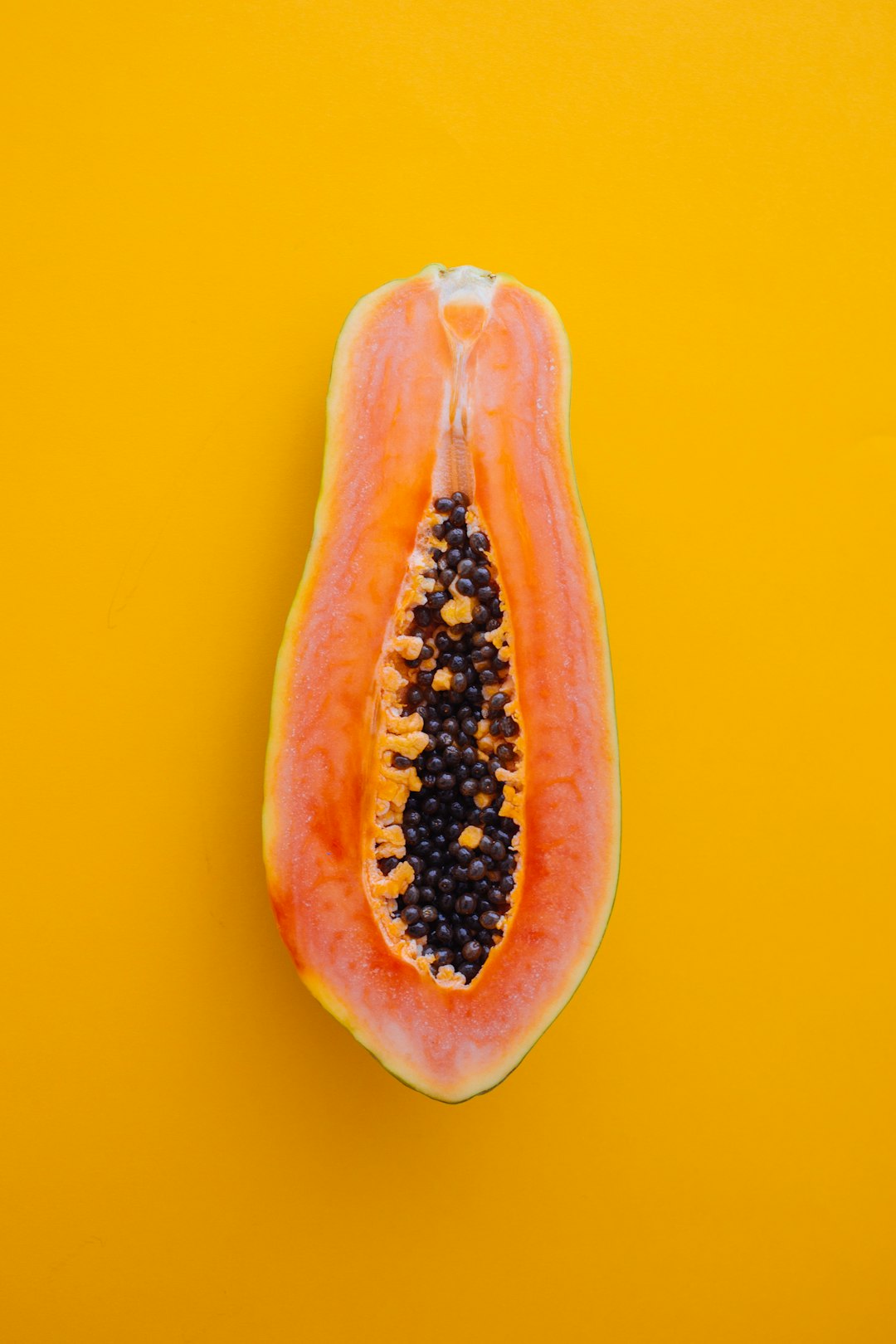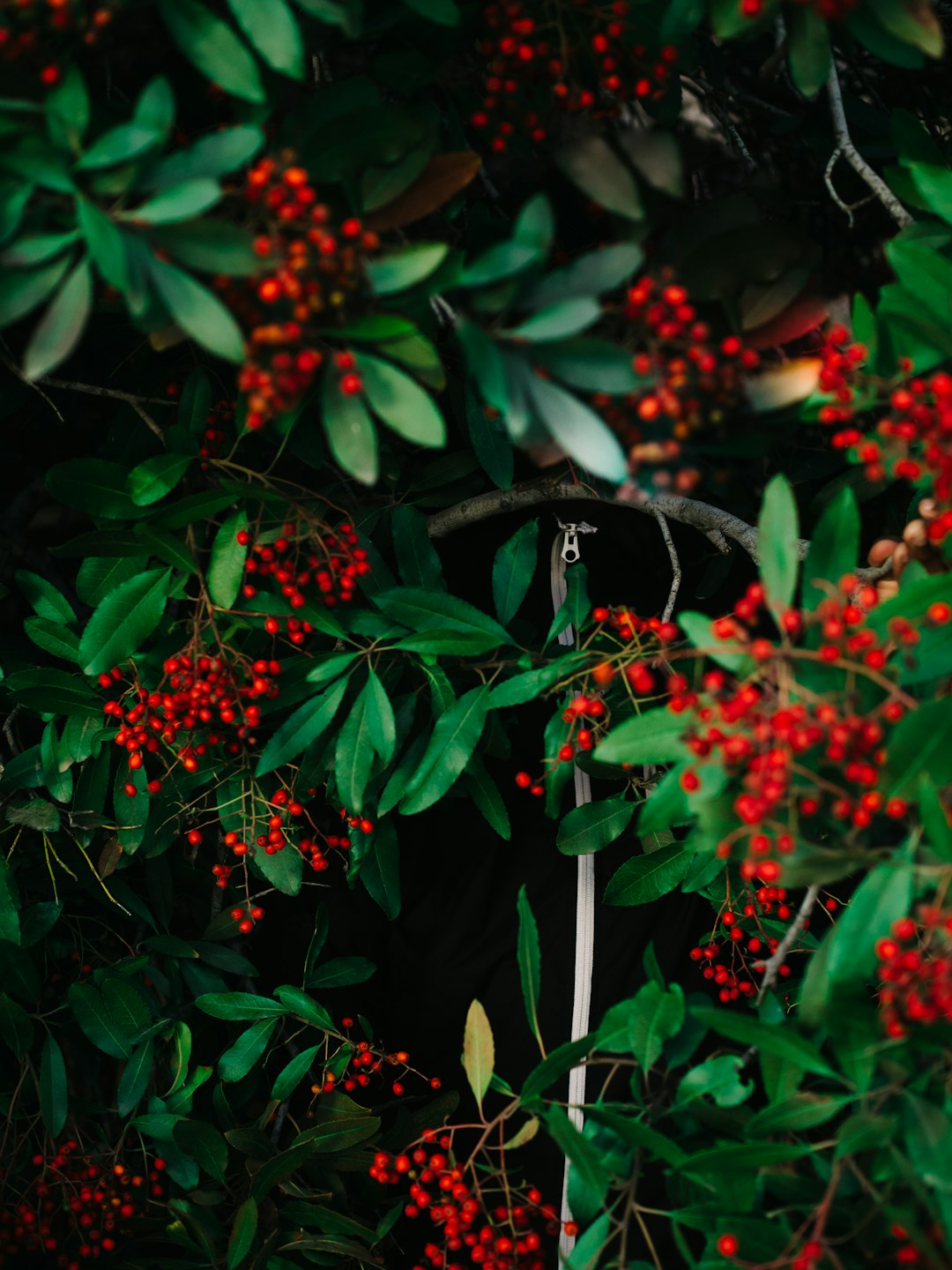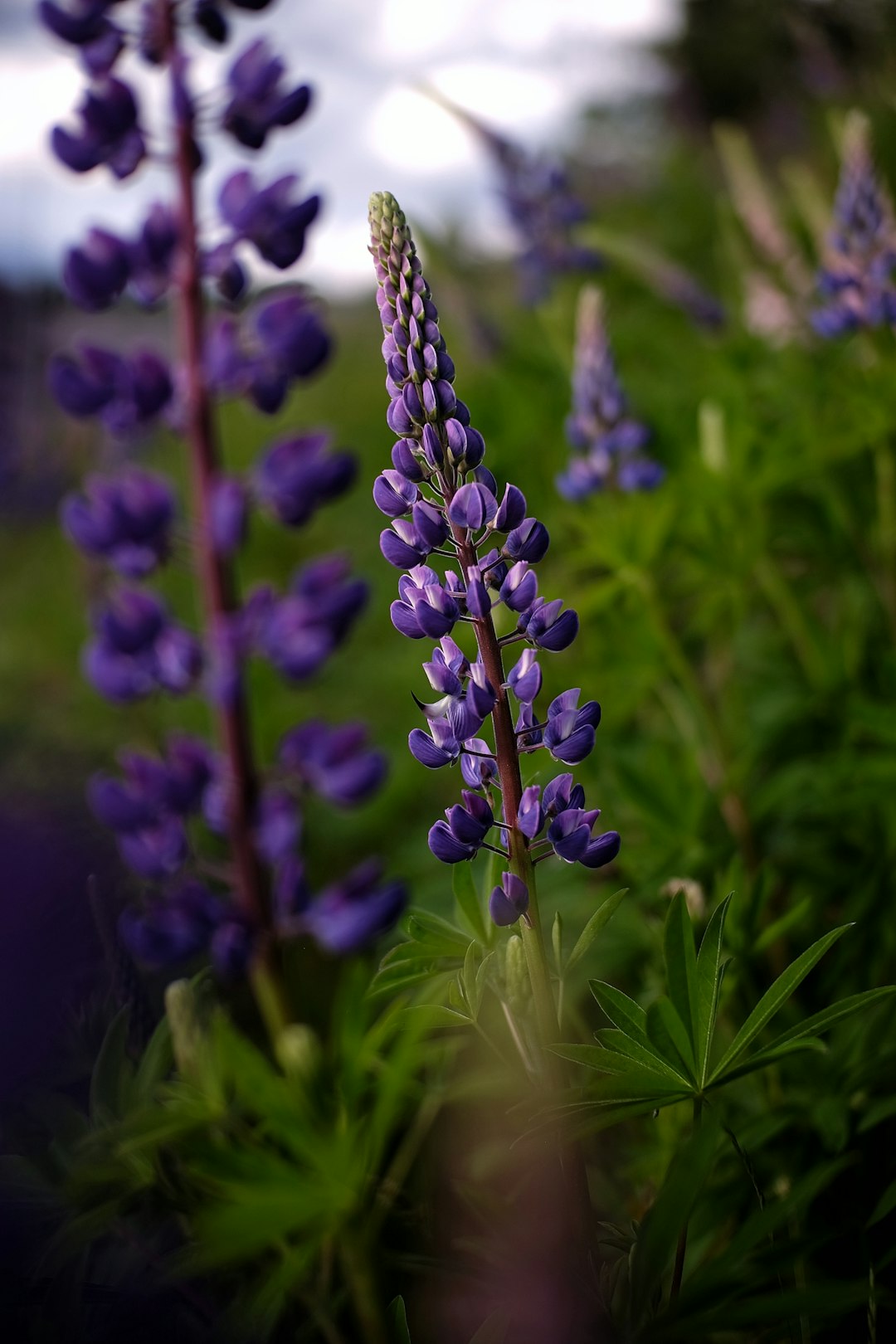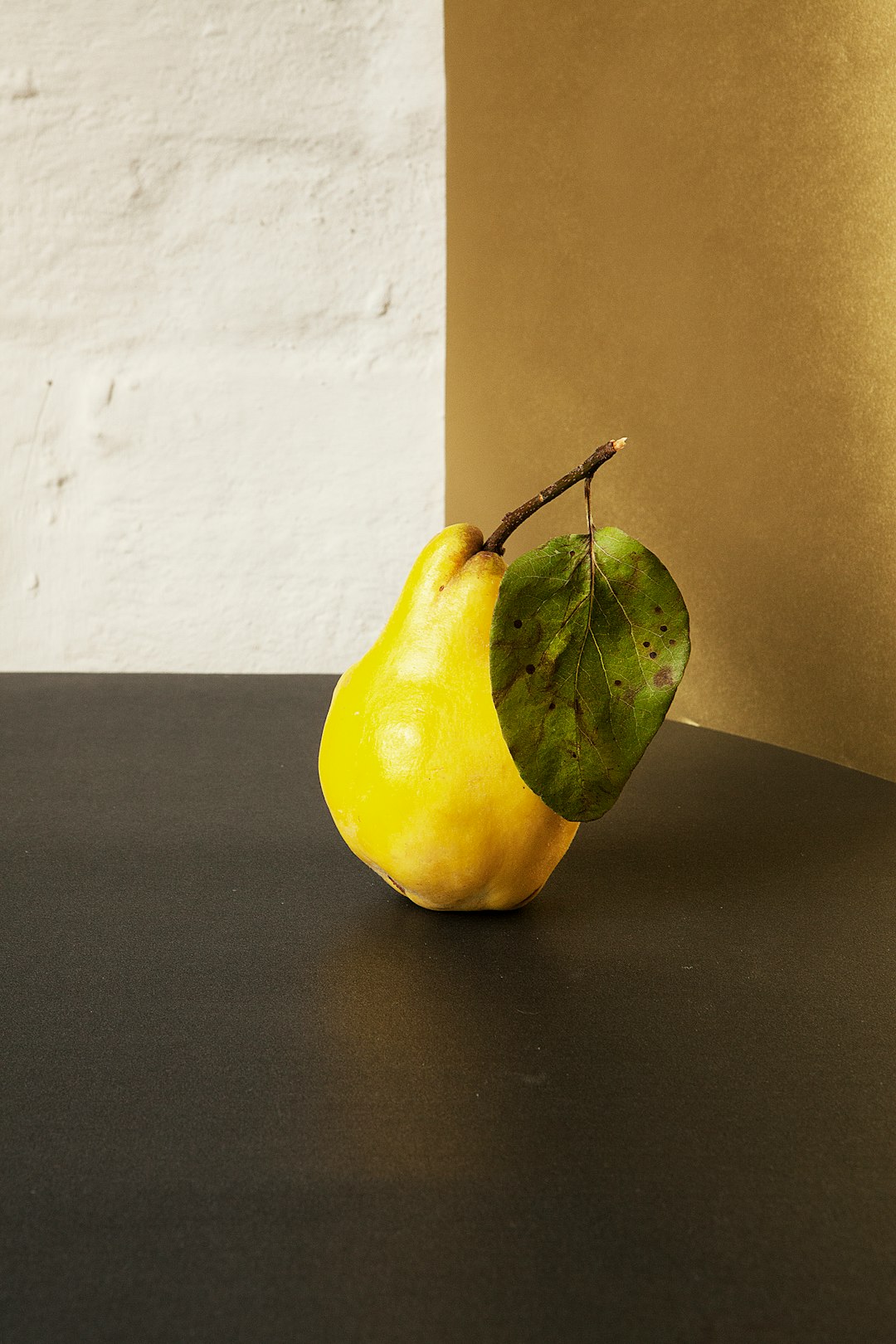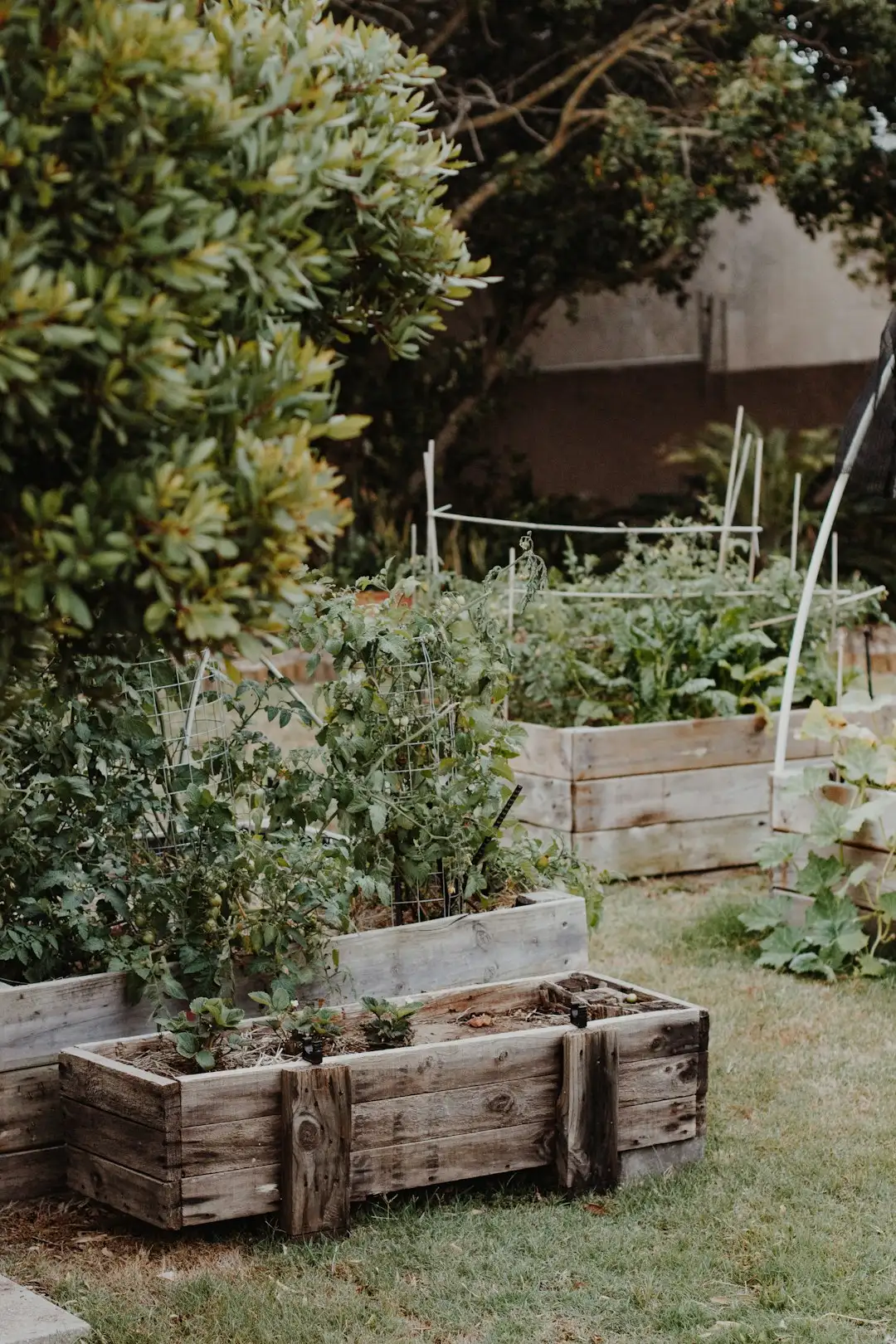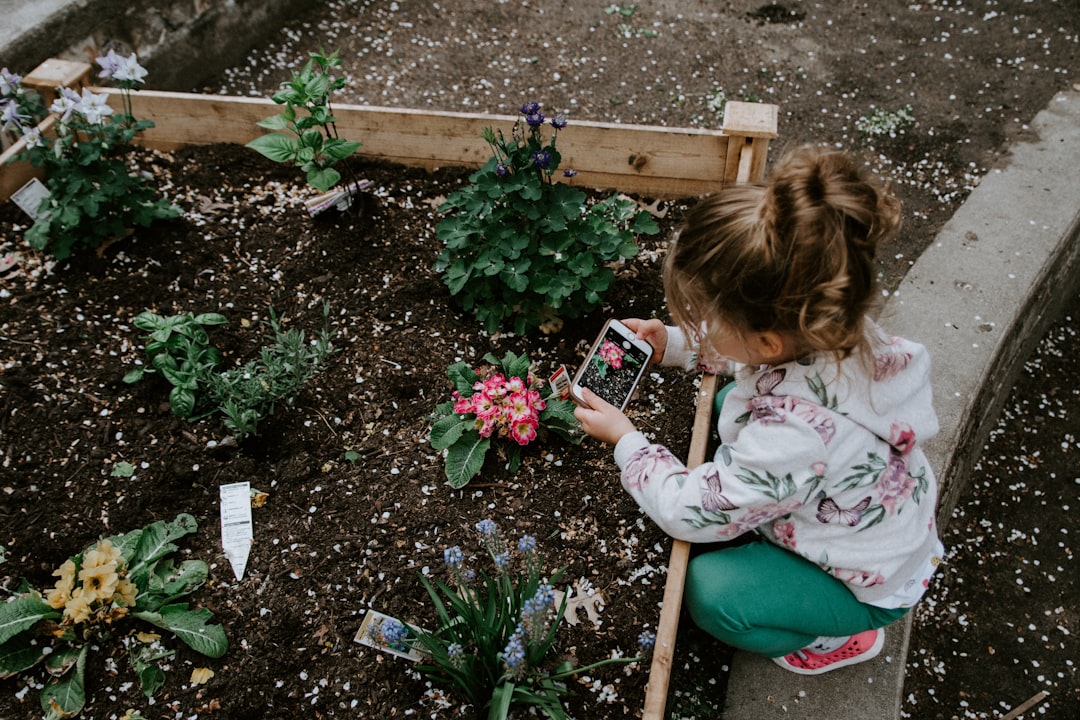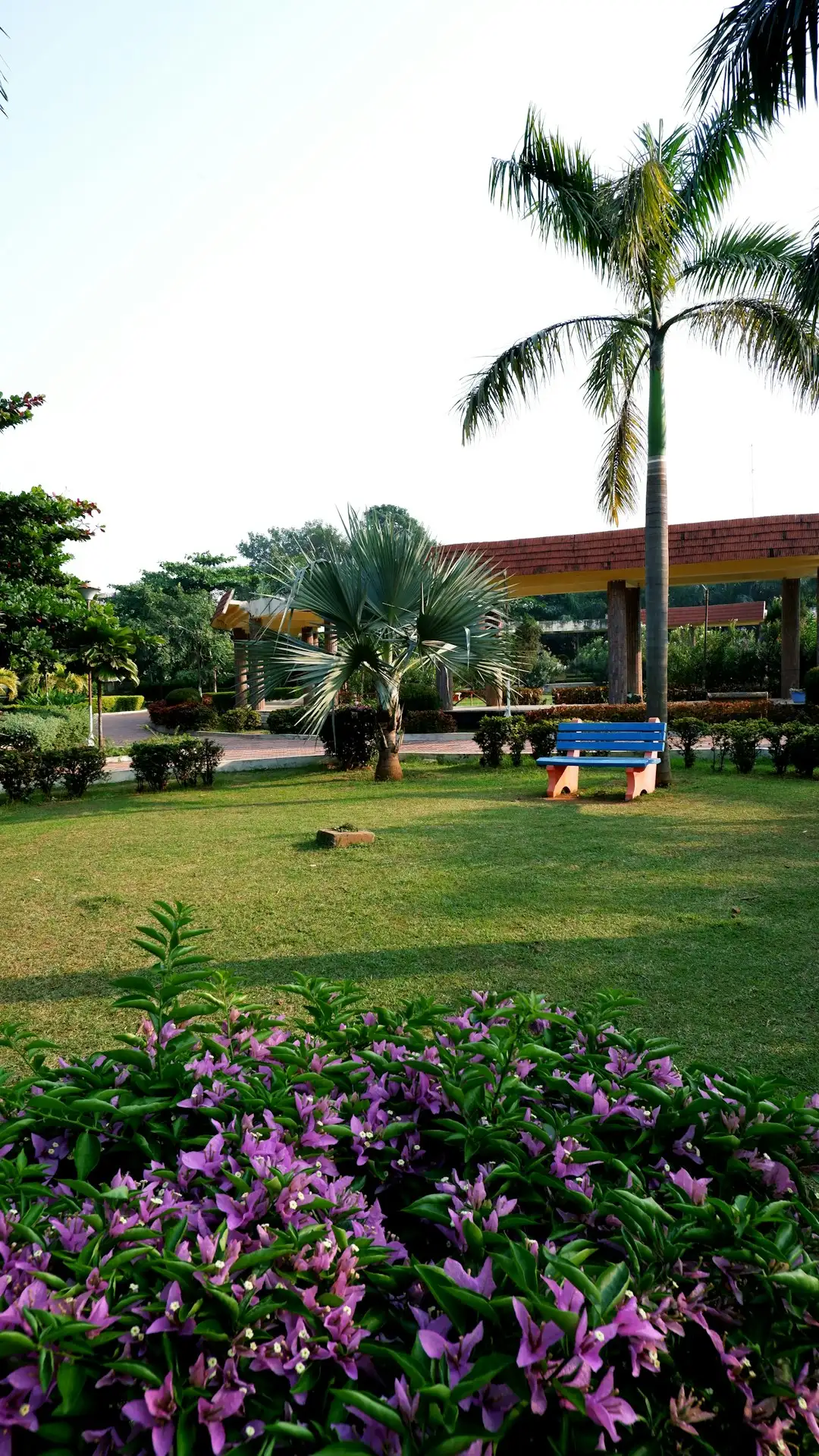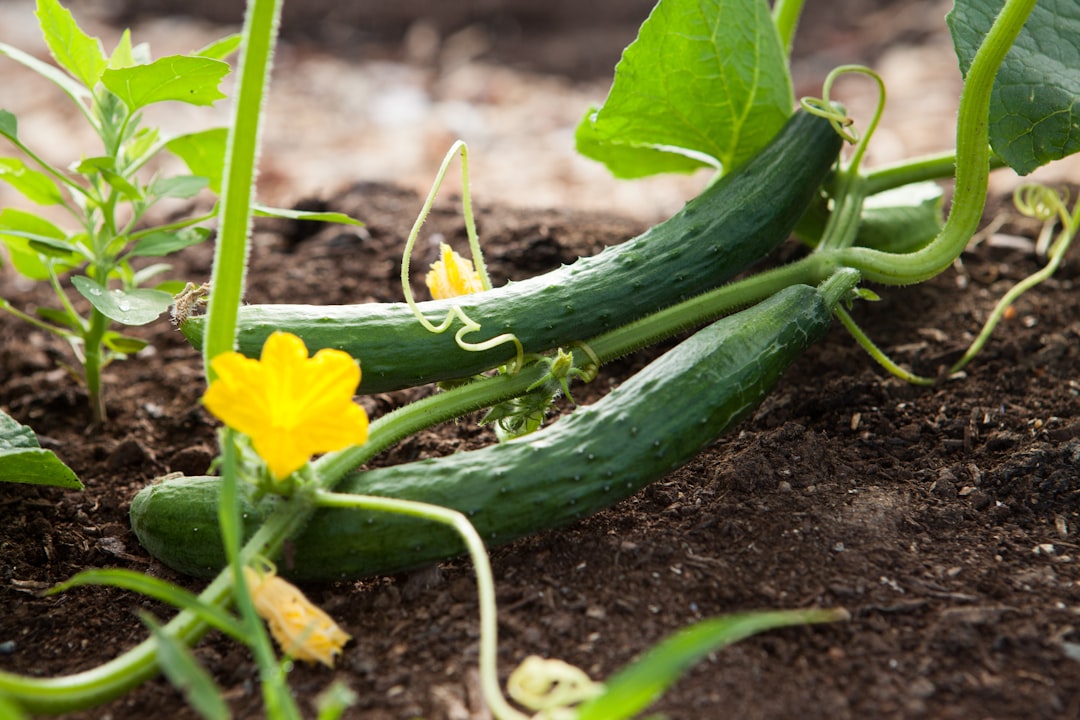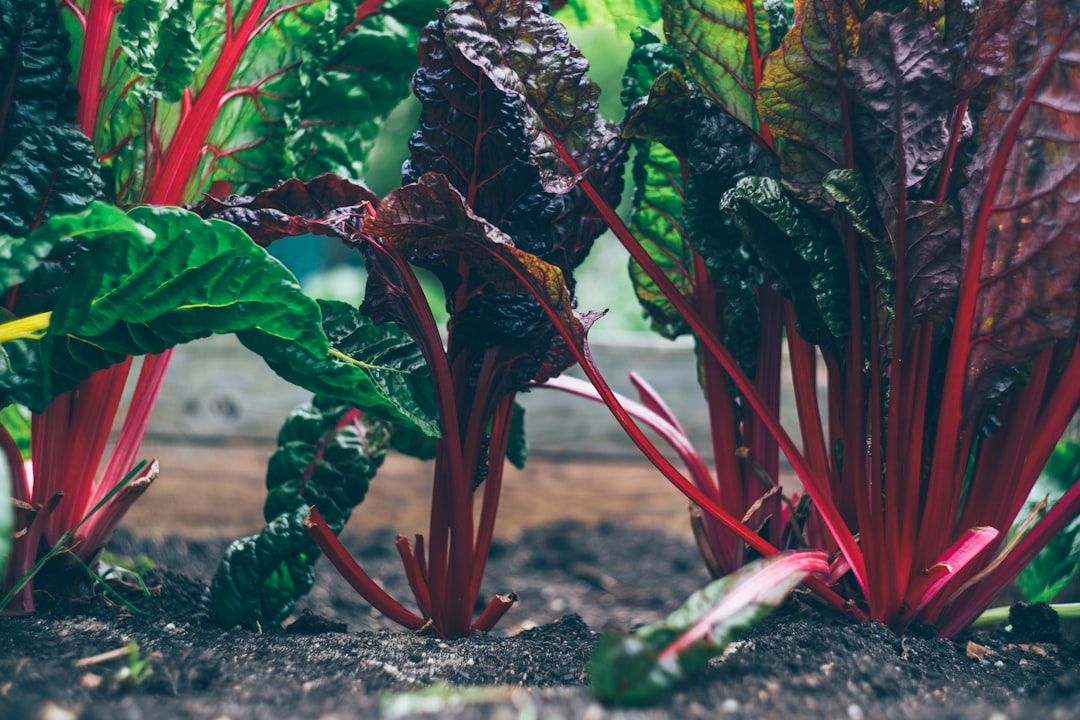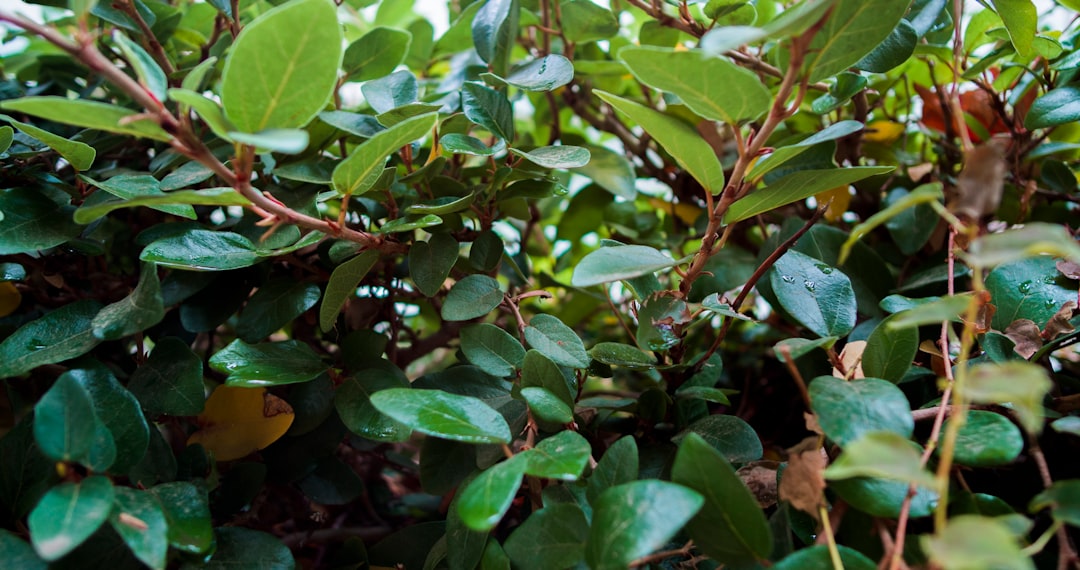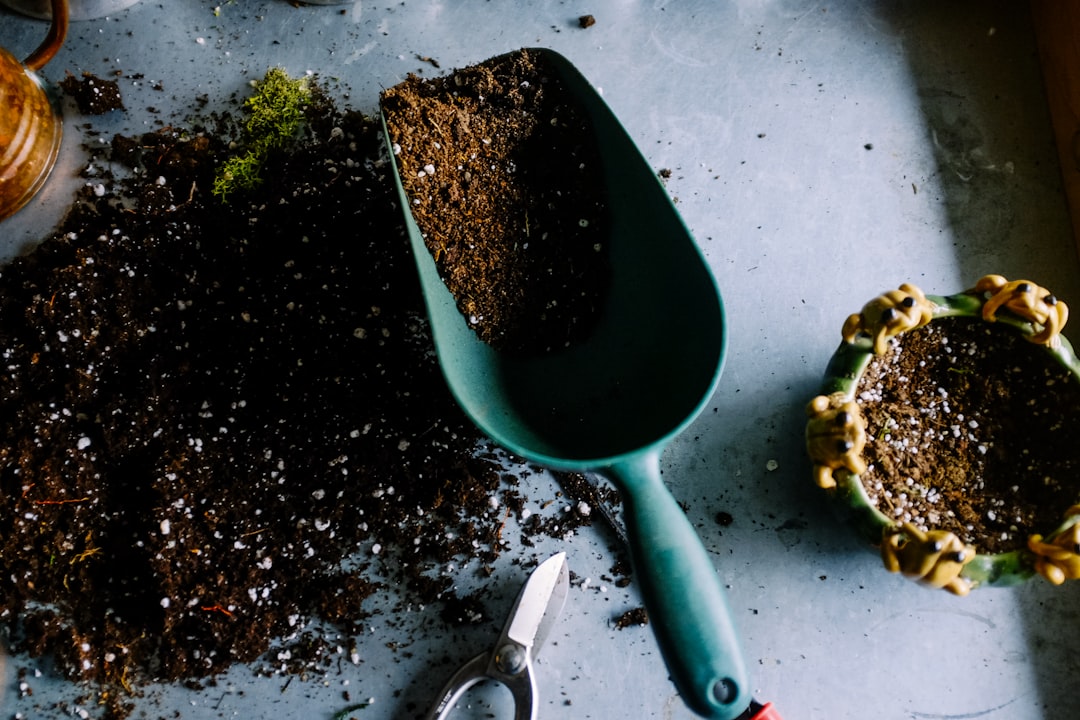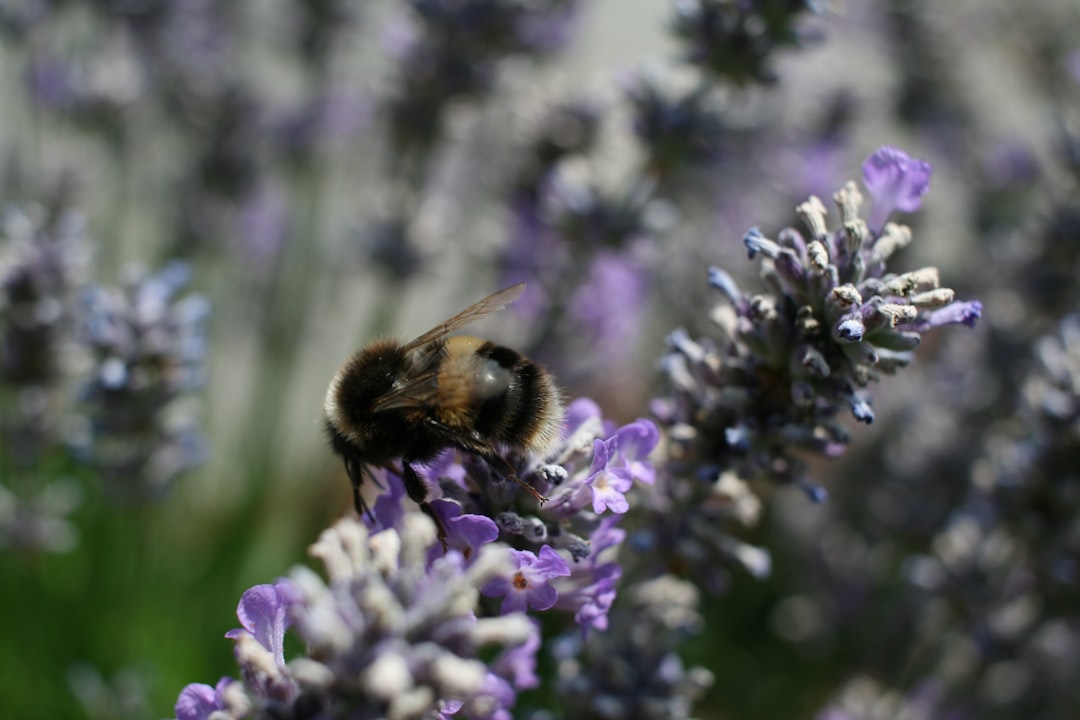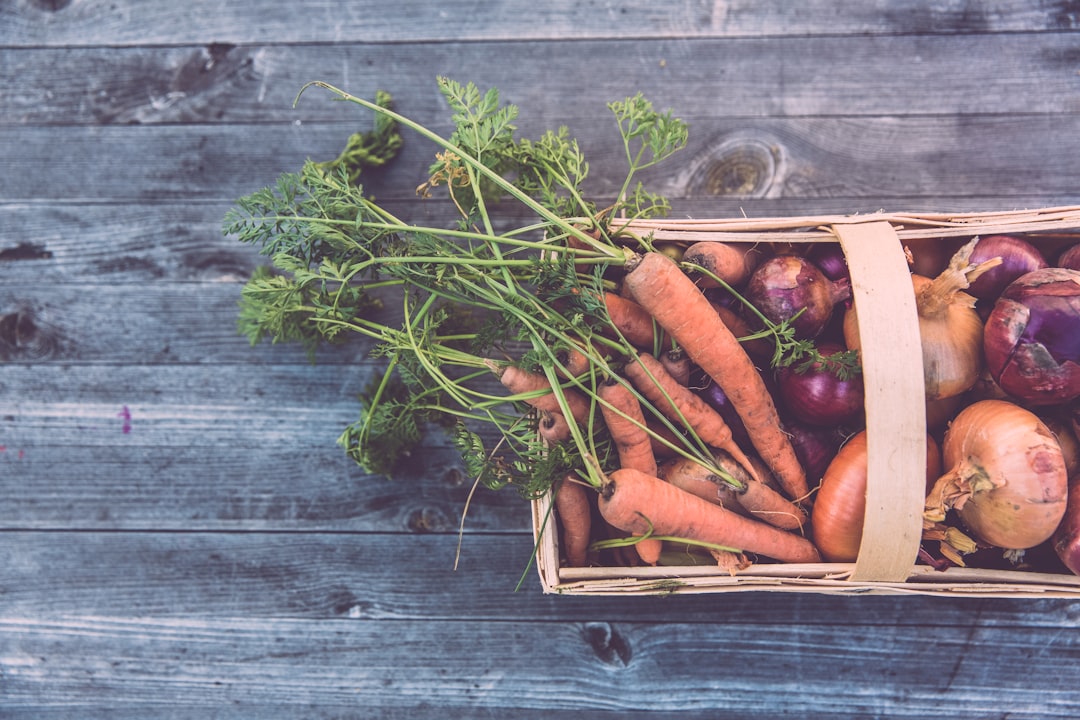
In the world of edible gardening, there's a special allure to vegetables that can go from seeds to harvest in less than two months. These fast - growing vegetable varieties offer a unique and rewarding experience for gardeners of all levels, whether you're a seasoned pro or a beginner just dipping your toes into the world of homegrown produce.
One of the most popular fast - growing vegetables is the radish. Radishes are incredibly easy to grow. You can simply scatter the seeds in well - prepared soil, cover them lightly, and keep the soil moist. In as little as 20 to 30 days, you'll have crisp, peppery radishes ready to harvest. They come in a variety of colors, from the classic red to white, purple, and even black. Radishes can be eaten raw in salads, adding a refreshing crunch, or pickled for a tangy treat.
Another fast - growing gem is the lettuce. There are many types of lettuce, such as loose - leaf lettuce, which is particularly quick to mature. Loose - leaf lettuce can be harvested in about 30 days. You can start picking the outer leaves as soon as they are large enough, allowing the plant to continue growing and providing you with a continuous supply of fresh greens. Lettuce is a staple in salads, sandwiches, and wraps, and having your own homegrown supply means you can enjoy it at its peak freshness.
Spinach is also a great choice for fast - growing edible gardening. Spinach seeds germinate quickly, and the plants can be ready for harvest in around 40 days. Spinach is packed with nutrients like iron, vitamins A and C, and folate. You can use fresh spinach in salads, sauté it as a side dish, or add it to smoothies for a healthy boost. It's a versatile vegetable that can be incorporated into many different recipes.
For those who love a bit of heat, arugula is an excellent option. Arugula has a peppery flavor that adds a zesty kick to any dish. It grows rapidly, often ready to harvest in 30 to 40 days. You can use arugula in salads, on pizzas, or as a topping for sandwiches. Its unique flavor profile makes it a favorite among many food enthusiasts.
When it comes to growing these fast - growing vegetables, proper soil preparation is key. Make sure the soil is rich in organic matter, well - drained, and has the right pH level for the specific vegetable you're planting. Most of these vegetables prefer full sun, but they can also tolerate partial shade, especially in hot climates. Watering is also crucial. Keep the soil consistently moist but not waterlogged. Overwatering can lead to root rot and other problems, while underwatering can cause the plants to wilt and produce poor - quality vegetables.
One of the advantages of growing fast - growing vegetables is that you can have multiple harvests in a single growing season. For example, after harvesting your first batch of radishes, you can immediately sow another round of seeds. This way, you can enjoy a continuous supply of fresh vegetables throughout the season. It also allows you to experiment with different varieties and see which ones you like the best.
Fast - growing vegetables are also great for small - space gardening. If you have a limited amount of space, such as a balcony or a small backyard, these vegetables can be grown in containers. You can use pots, planters, or even recycled containers to create your own mini - garden. Just make sure the containers have drainage holes to prevent water from pooling at the bottom.
In addition to the practical benefits, growing fast - growing vegetables can be a fun and educational experience. It's a great way to connect with nature, learn about the life cycle of plants, and enjoy the fruits (or rather, vegetables) of your labor. You can involve your family, especially children, in the gardening process. They can help with sowing the seeds, watering the plants, and harvesting the vegetables. It's a hands - on way to teach them about where their food comes from and the importance of healthy eating.
As you embark on your edible gardening journey with these fast - growing vegetables, don't be afraid to make mistakes. Gardening is a learning process, and every season brings new experiences and lessons. With a little patience, care, and a love for growing your own food, you'll be able to enjoy a bountiful harvest of delicious, homegrown vegetables in no time.
New








